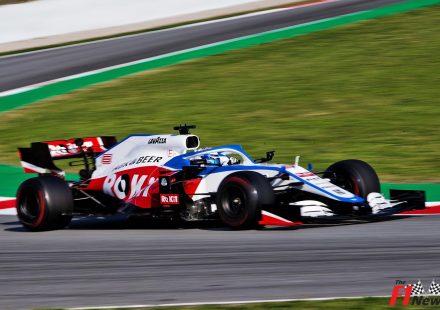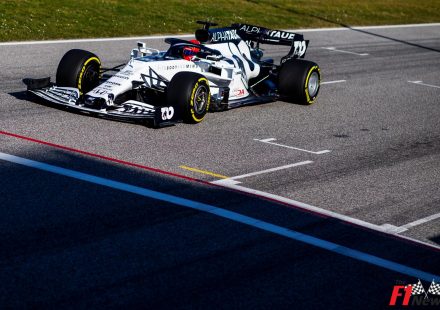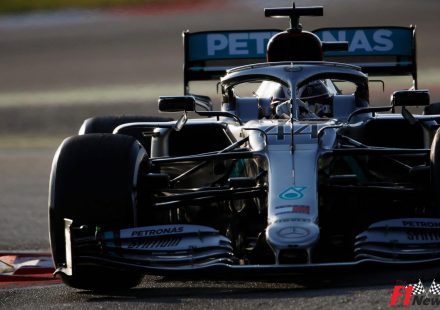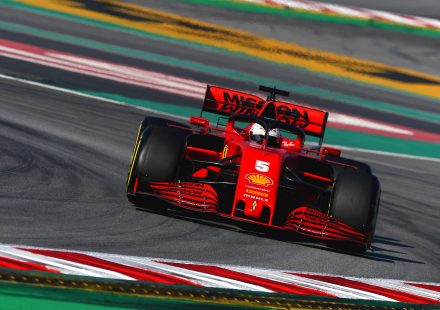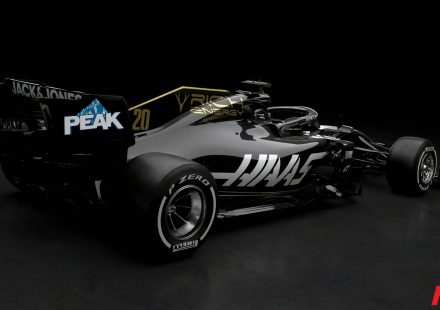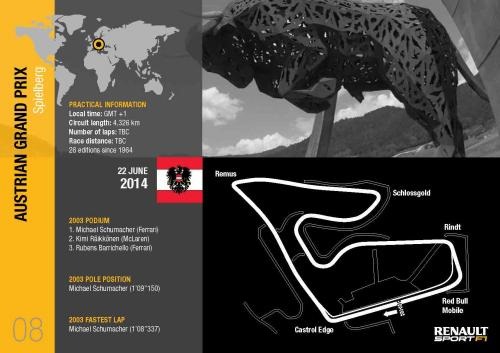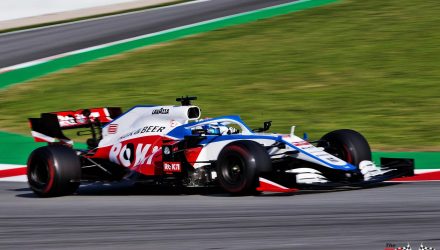Austria in numbers :
(with 1 being the easiest, 5 being the most severe)
| Internal combustion engine | 4 |
|---|---|
| MGU-K | 2 |
| MGU-H | 4 |
| Battery | 3 |
| Fuel consumption | 3 |
| Energy recovery | 4 |
AUSTRIA OVERVIEW:
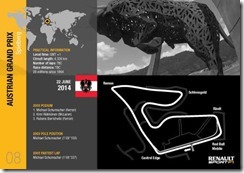 Rémi Taffin, Renault Sport F1 head of track operations:
Rémi Taffin, Renault Sport F1 head of track operations:
It’s a pleasure to return to Austria for the first time since 2003. It’s a beautiful, flowing track that may look simple but there are a number of challenging points for the Power Units that will push us to the limits.
The circuit consists of four long straights, meaning the ICE runs at full throttle for a high percentage of the lap. From our simulations, we estimate approximately 50% of the lap will be taken at wide open throttle, comparable with Montreal and Silverstone. These long periods of open throttle will not only put the ICE under a lot of pressure, but also the MGU-H that will need to recover and deliver lots of energy to the MGU-K to minimize lap time. In this respect, Austria and Canada have very similar characteristics.
There are only nine corners at the Red Bull Ring, which will not give the MGU-K many opportunities to recover significant energy under braking. That said, we will need the MGU-K to feed the ICE with extra power, so making efficient use of the little energy recovered will be extremely important.
One other challenges of Austria is the high altitude, which will cause the turbo to spin at a much higher rate to compensate for the low ambient pressure – very close to the hardware limit.
We have recreated some of these climatic conditions on the dyno and feel confident we have a good handle on the preparations. The win in Canada has certainly given us a boost and confirmation that we are going in the right direction but we still have a long way to go before we can expect to challenge on a regular basis.
NEWS FROM TOTAL
Technical regulations in place since 2008 have dictated that fuel should include compounds of a non-fossil origin, otherwise known as biofuels. One of the fundamentals of the ‘F1 recipe’ is the requirement to incorporate 5.75% (in mass) of compounds from renewable sources. ‘Non-fossil’ molecules may contain oxygen, such as ethanol, but also hydrocarbons obtained from the decomposition of plant waste removed from the food chain. These are renewable fuels or second generation biofuels. Some alcohols offer a high octane, which can help to contain the ‘knocking’ phenomenon that can affect the turbo.
RENAULT ENERGY F1-2014 FAST FACTS:
- The track is around 700m above sea level, comparable to Interlagos. Normally aspirated engines, which rely on oxygen content in the air, would be around 7% down on power at this altitude since power decreases by approx. 1% for every 100m in height as there is less oxygen to burn at a higher altitude. A turbocharged engine does not have this power drop off. It instead always pressures the ambient air to the same level inside the turbocharger and then compressor, ensuring there is always the same amount of oxygen content in the air inside the engine.
- F1 fans may remember the days when turbocharged engines struggled to start at high altitude races such as Austria and South Africa. Improvements in starter motors, turbochargers and ICEs should mean this is no longer a problem.
- Preparing for a new race takes double the amount of man hours for the team at Viry due to increased simulation and test time. Approx. 100 man hours have gone into preparation for the Austrian GP, not including all the standard race mapping work undertaken by the engine track teams.
- Fuel consumption will not be a major concern here due to the short lap and quick lap time. The few corners also mean that the engine will not frequently accelerate and brake over the lap, which greatly increases consumption.
- Renault has won the Austrian GP three times. Jean-Pierre Jabouille took victory in 1980 with the RS01 while Alain Prost triumphed in the mighty RE40 in 1983. Jacques Villeneuve won for Williams in 1997 en route to his world championship crown.

